|
Using an online model to show how air and water interact, fifth graders generated some good questions that show they are thinking about the relationships between air and water that can possibly explain how the ships ended up in a field.
We put our thinking to the test when students then had to engineer their own models.
We put our thinking to the test when students then had to engineer their own models.
Our big findings were this:
Temperature and particle motion are related!
1. The higher the temperature, the more the particles move.
2. The more they move, the more space that surrounds them.
3. The more they move, the more they collide with other particles around them.
When air collides with the particles of water on the surface, they can knock the water particles into the air (and they're already colliding with each other as the water heats up). When water moves into the air, it becomes a gas. This process is called evaporation.
Temperature and particle motion are related!
1. The higher the temperature, the more the particles move.
2. The more they move, the more space that surrounds them.
3. The more they move, the more they collide with other particles around them.
When air collides with the particles of water on the surface, they can knock the water particles into the air (and they're already colliding with each other as the water heats up). When water moves into the air, it becomes a gas. This process is called evaporation.
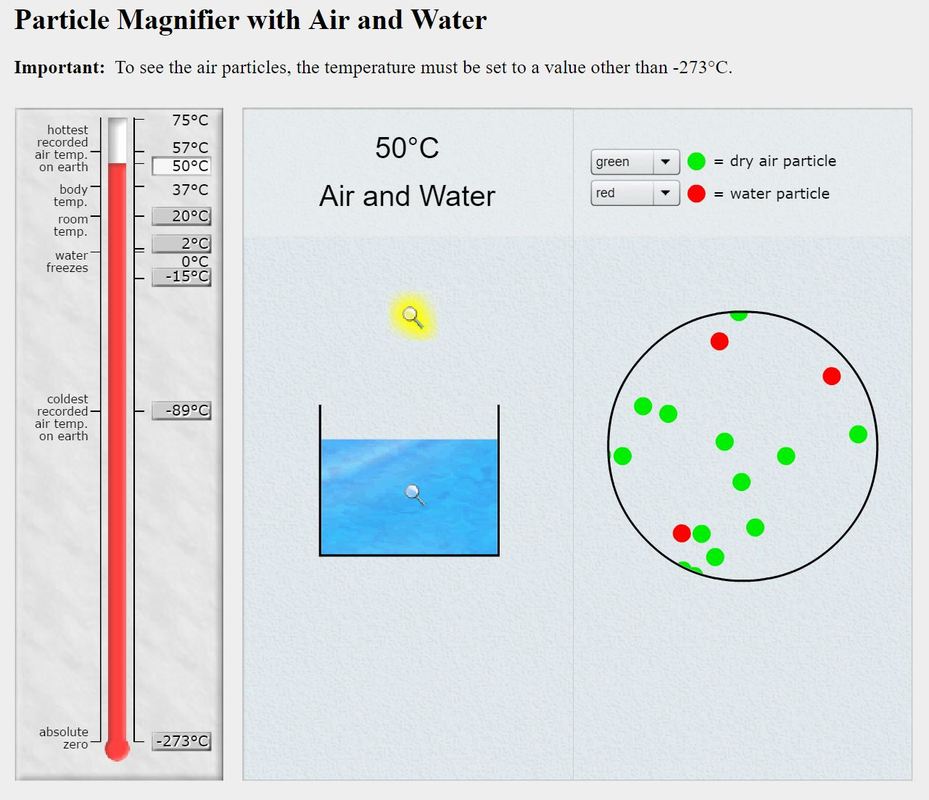
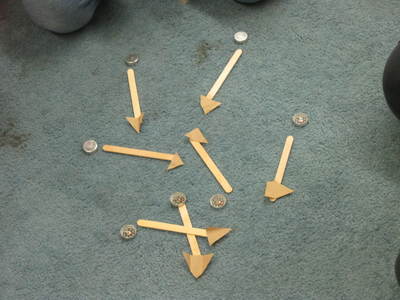
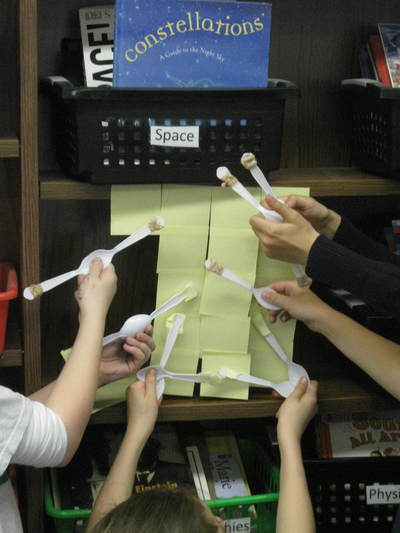
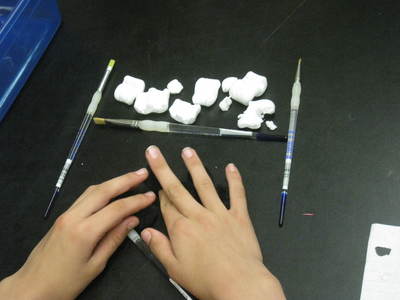
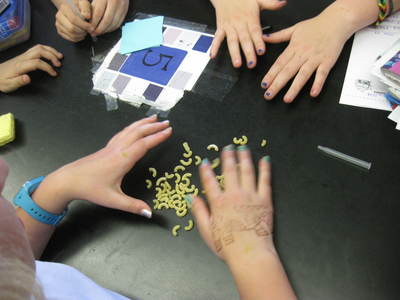
 RSS Feed
RSS Feed